A subject line is the first thing your subscriber will see once you send an email campaign. It should be written in a way that should motivate or excite them to open the email. A well-written subject line is one that is brief and concise, motivates one to open the email, and provides an overview of what is written inside the email.
In this blog, we’ll learn how to come up with an effective email subject line, along with some of the best examples.
Importance of a good subject line
As mentioned above, a good subject line is important because it is the first thing that your subscriber sees, and it can motivate them to open the email.
Having a good subject line can lead to important emails being addressed and will have a higher overall open rate for your email campaign. A higher open rate indirectly translates to higher revenue per email if that’s the goal.
Tips for creating a good subject line
There’s no hard and fast rule to writing a good subject line, as it completely depends on the type of email you are sending and the audience you have. However, some tips work in most cases; let’s go through them one by one.
Keep it brief
It is important to remember that a long subject may not be fully visible on mobile devices, which contributes to a good chunk of email opens. According to an independent study, the ideal length for a subject line is roughly 41 characters.
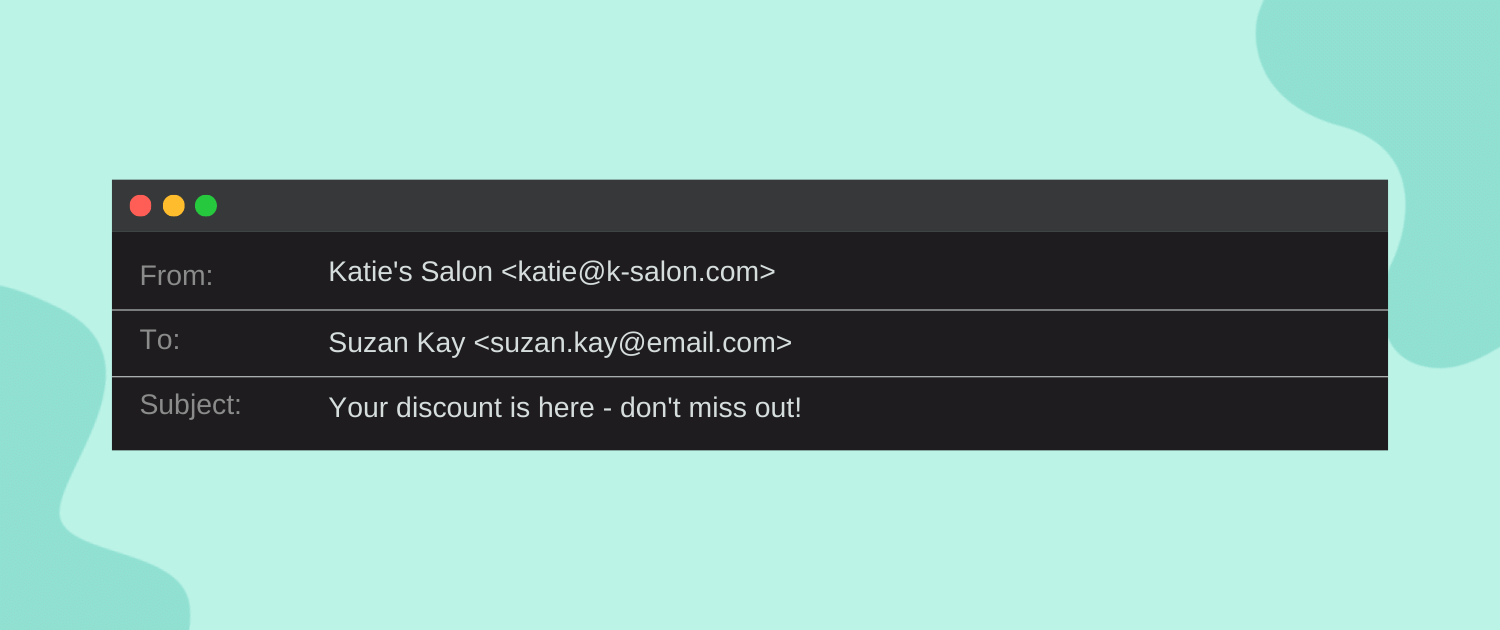
Remember to make the subject line simple and informative, as seen in this example, which is brief and provides information about the discount that is available for the recipient of the email.
Put your subject to the test
Just Google “email subject line tester”, and you’ll find numerous tools that help you test your email subject line for free. These tools run on a pre-defined algorithm of proven guidelines upon which your subject line is graded for effectiveness.
Note: The effectiveness of these tools can’t be guaranteed as they are just based on a static algorithm and don’t consider facts, such as target audience, email type and others. Take these as a second opinion only.
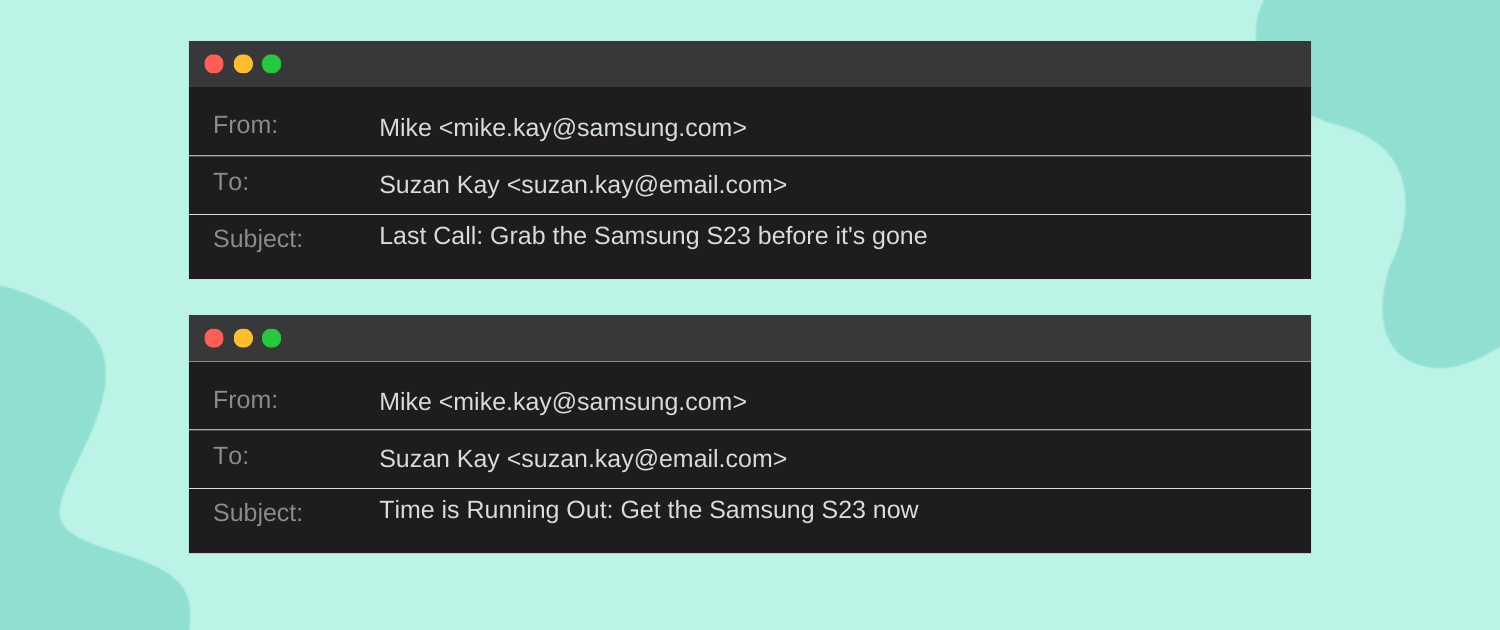
These two subject lines are different, but both of them include the same information about the last chance to get a Samsung S23. By testing the headlines, you can determine which of the two received the most desired actions and then use that version for your email.
Be specific
Mention only what’s needed to help your readers get an understanding of the email content and why they should open the email.
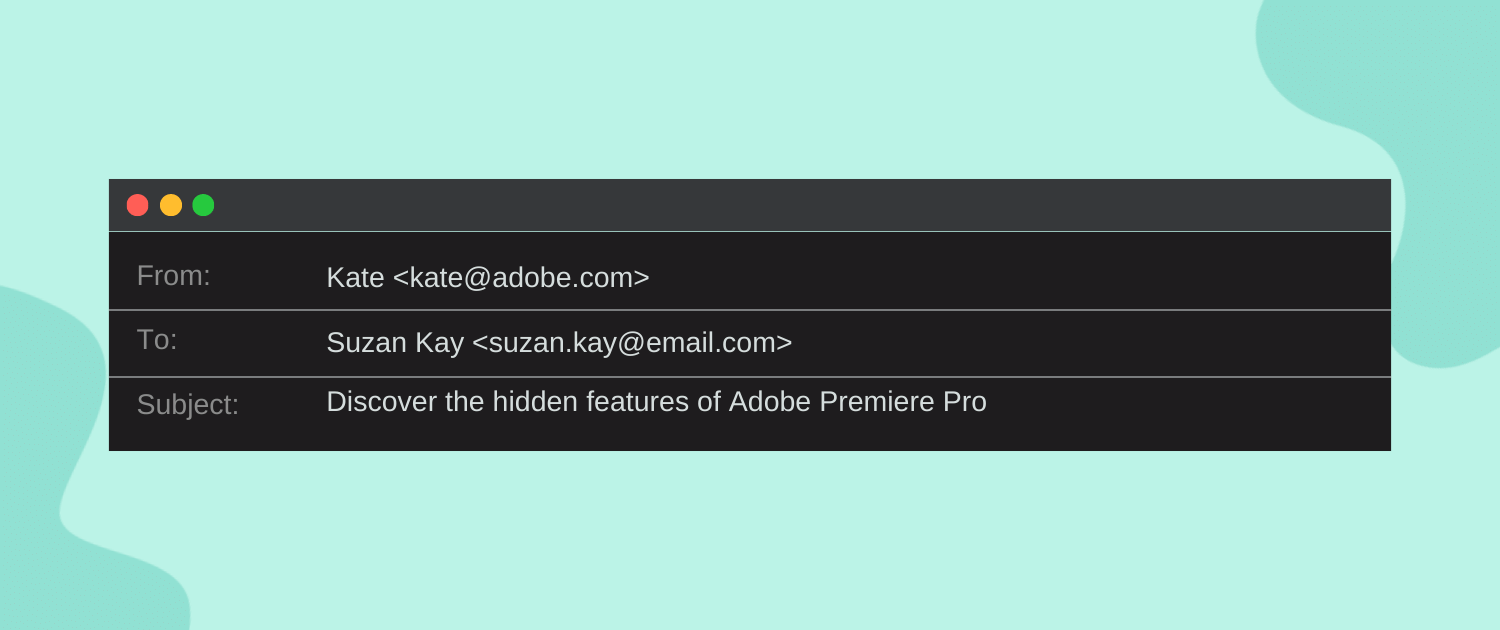
Simply include the information essential to giving your audience an overall idea about the email; in this example, it is clearly mentioned that if you open the email, you will find information about the hidden features of Adobe Premiere Pro.
Divide your audience into segments
It is important to segment your audience, as different individuals subscribe to you for different reasons. What works for one segment of the audience may not work for another. You can also perform A/B testing to see which headlines work best for a specific audience segment and encourage them to open the email.
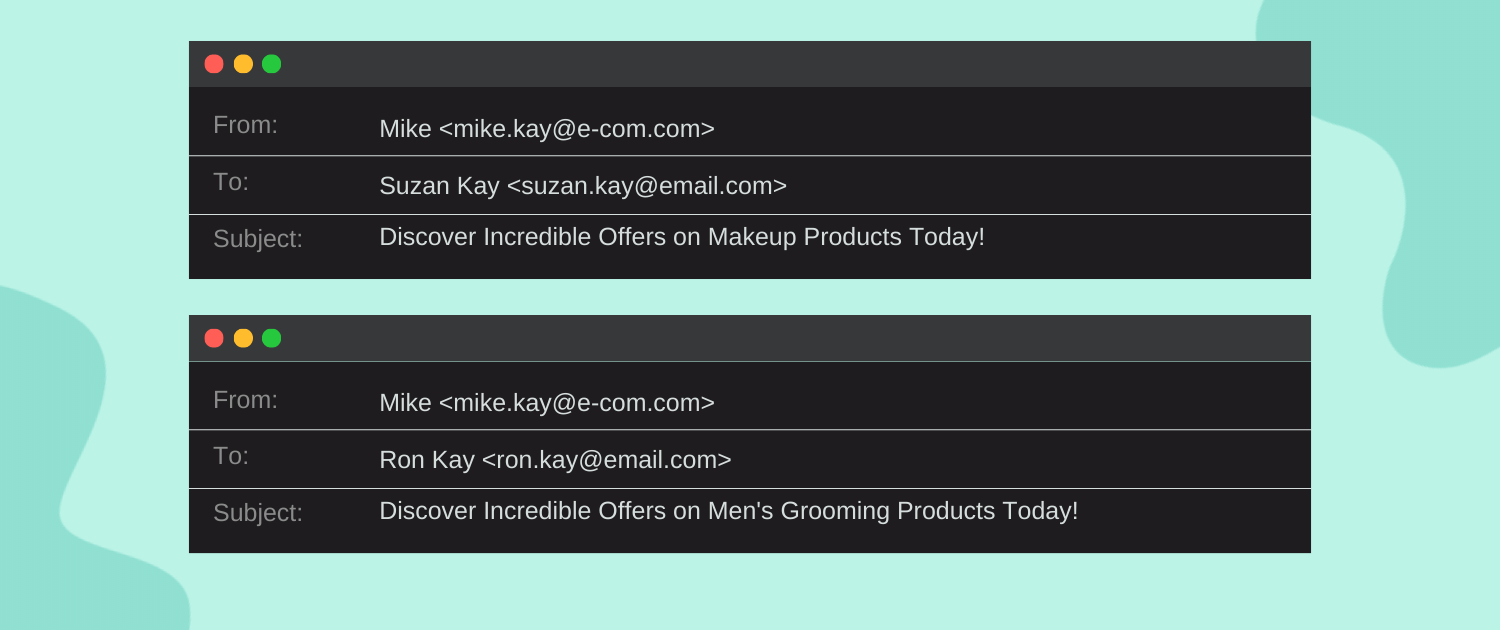
The first subject line will be appropriate for the female audience segment since they are most likely to buy makeup items, and the second will be appropriate for the male audience segment because it promotes men’s grooming products.
It may be irrelevant for women to receive emails with subject lines discussing male specific grooming items and vice versa. It would also be irrelevant to send emails to men with subject lines discussing makeup products, both of which will reduce the chances of the email being opened.
Personalisation
Everyone is not the same; everyone has different preferences, jobs, locations, abilities, and interests. Make your subject line more personalised by adding their name, profession, location, etc., so that your reader feels like the email is specifically for them and is motivated to click on it to read the email.
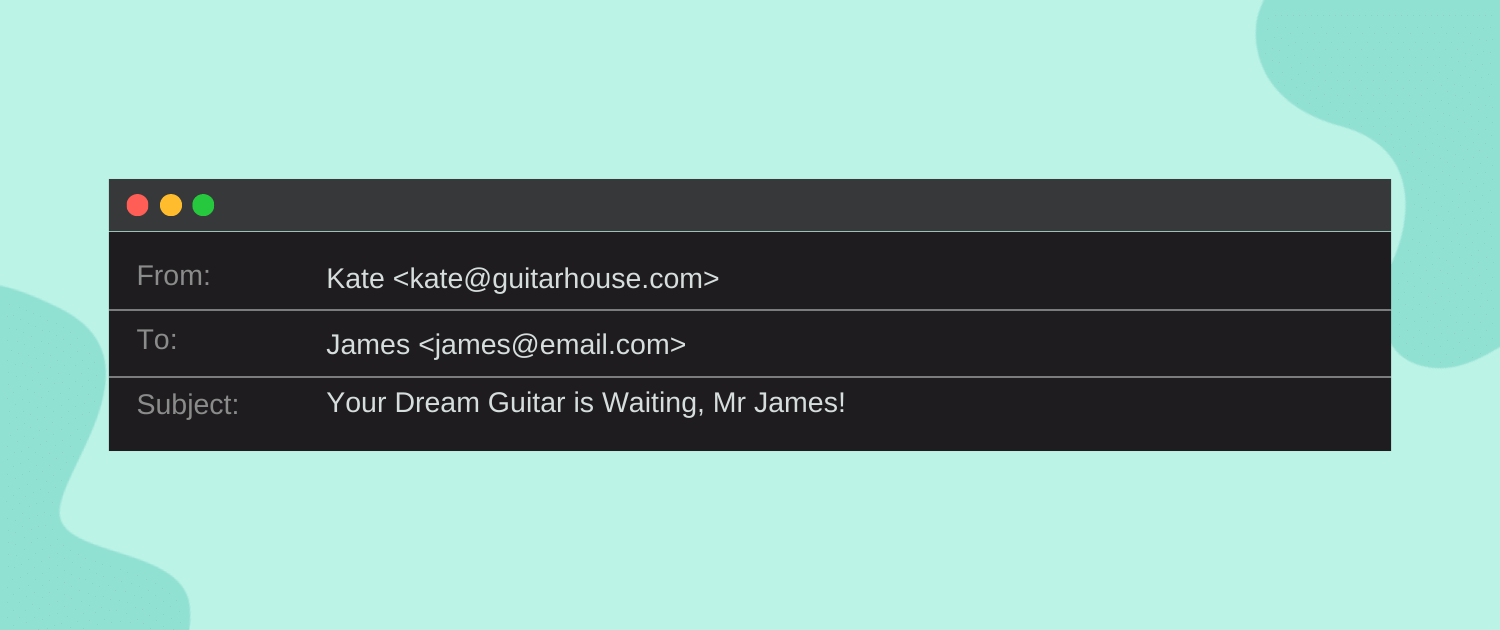
By mentioning the recipient’s name in the subject line, you make it more personal and make them feel special. This shows that you took the effort to send an email that is created specifically for them and for their wants.
Should convey urgency
Most people nowadays check their emails on their phones and have limited time and attention spans. You can increase the likelihood of your email getting opened if you capture your audience’s attention with a headline that shows urgency and calls for them to act. You can create urgency for webinars, sales, offers, events, and other similar events.
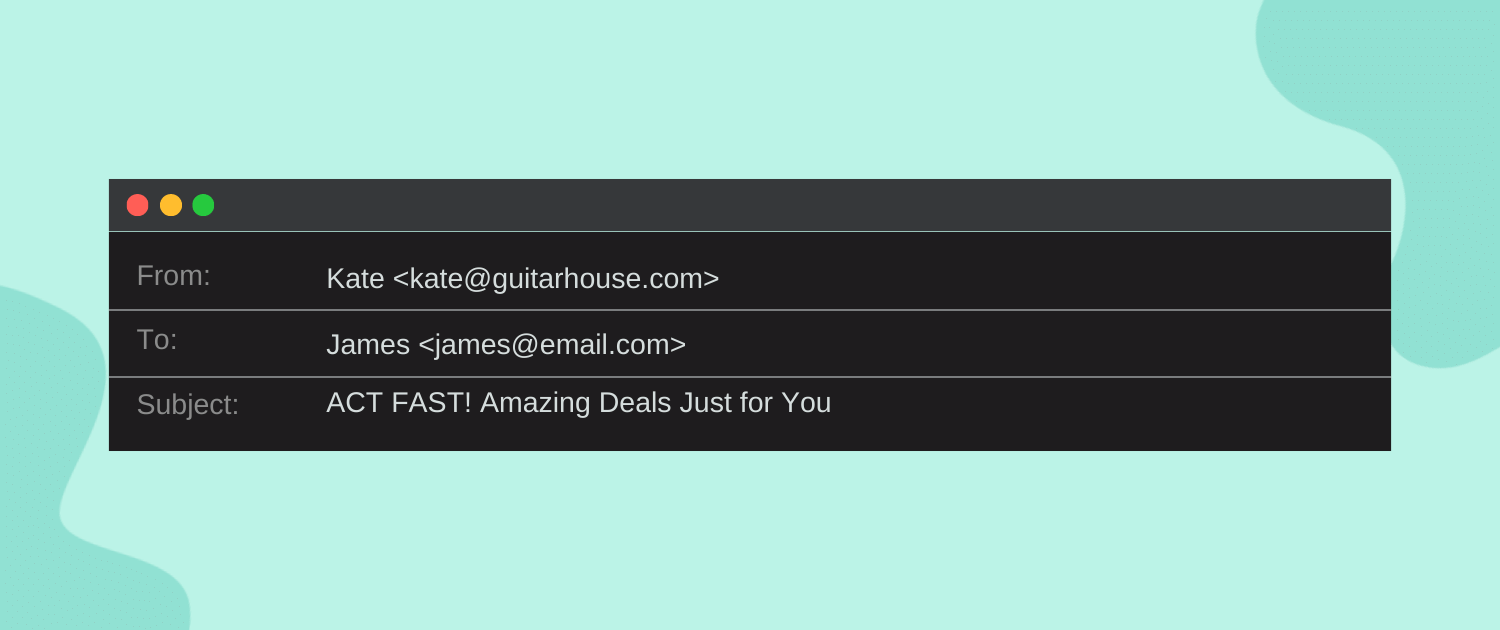
Here, you can see how the subject line creates urgency regarding the available offer that is just for you and encourages you to act quickly.
Do not use clickbait
Never use clickbait or make false promises to your audience by mentioning anything in the subject line that you cannot fulfil, such as giving a 50% discount coupon to everyone and then opening the email to find nothing. It may work short term, but long term is likely to lower your open rates as your subscribers will stop trusting your brand and potentially increase the unsubscribe rate.
Highlight the most important word
Choose one word that you want to make stand out and attract the most attention from the audience. It can be anything you want to highlight and put emphasis on.
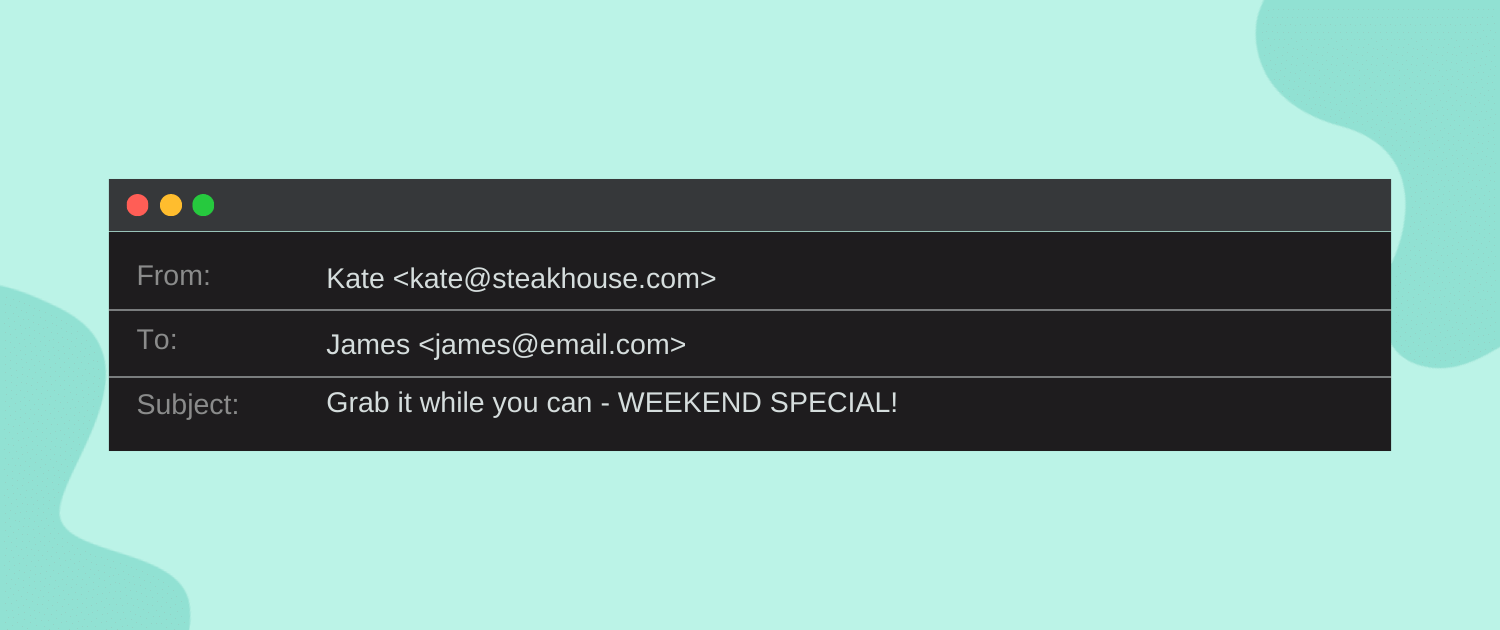
As we can see, the weekend special is in the capital in this example, which focuses the readers’ attention on it. It adds that the offer is only valid during the weekend and that readers should take advantage of it as soon as possible.
Use numbers
Including numbers in your subject line is an excellent strategy to get your emails noticed. It is a great way to provide simple and straightforward messages regarding offers and other topics.
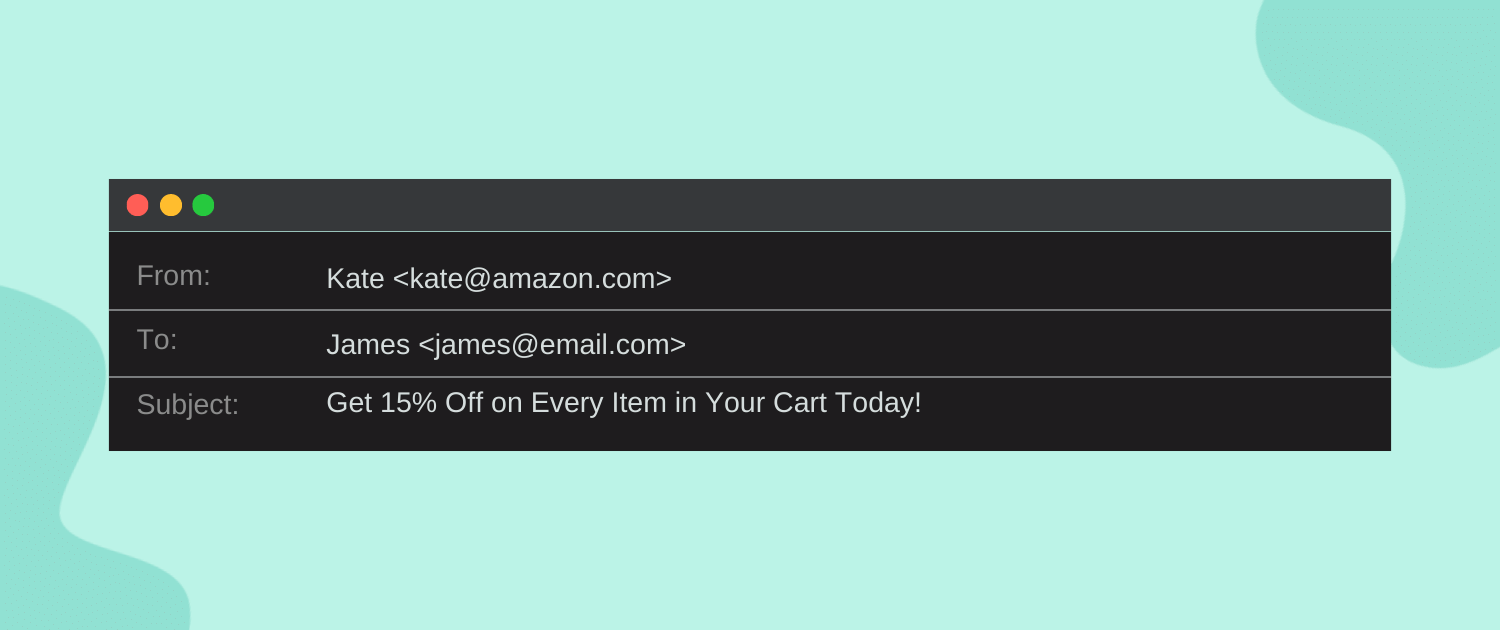
When a reader is scrolling through their emails and comes across a subject line with 15% off written on it, it will entice them to open it. The addition of a number to the subject line draws attention and informs the reader about the 15% discount on all items in the cart.
Use emojis
Using emojis is an interesting and effective way of capturing your audience’s attention. However, keep in mind that you should use emojis carefully and never more than once at a time. It increases engagement and click-through rates, but you must also consider whether the emojis are appropriate for your audience or industry sector.
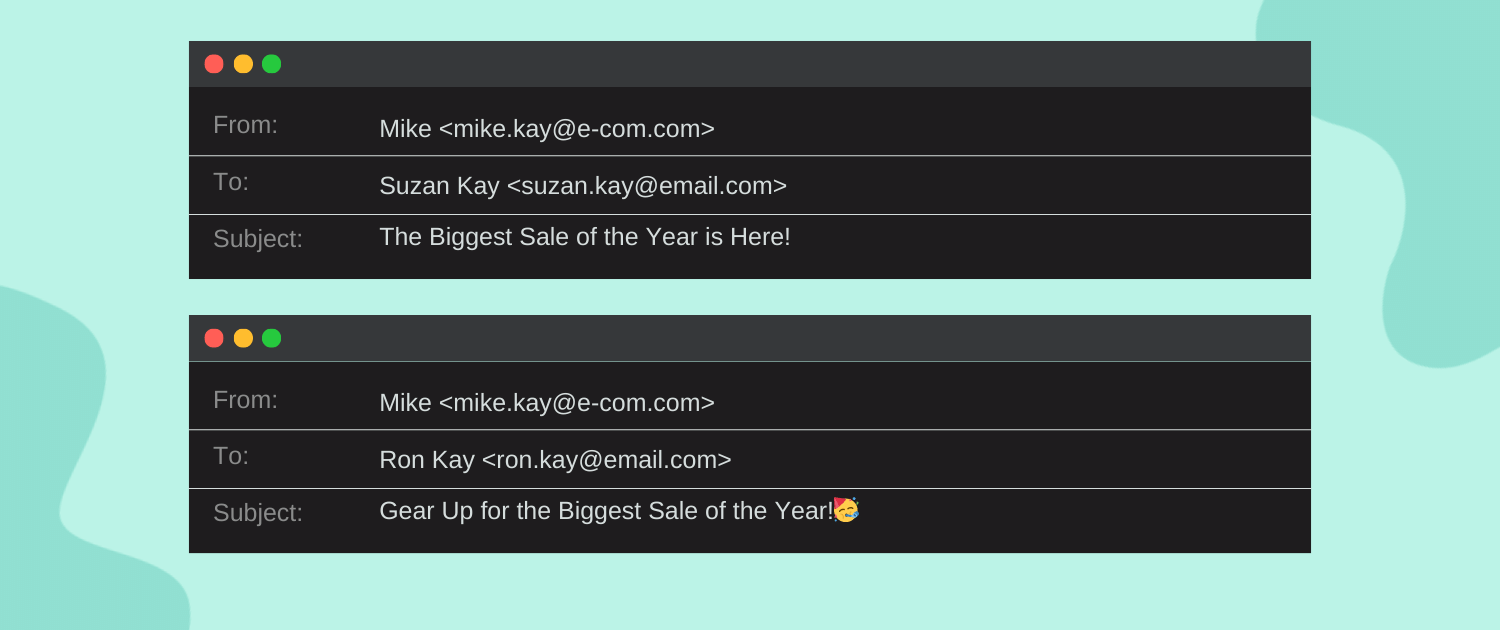
Simply compare the two examples and choose which one is more inviting and appealing. Including an emoji in the subject line can catch the reader’s attention and make the subject line more intriguing.
Conclusion
In conclusion, writing a good email subject line is crucial for the success of your email campaign. By keeping it brief, putting it to the test, being specific, dividing your audience into segments, personalising it, conveying urgency, highlighting the most important word, using numbers, and using emojis.
You can create a subject line that will motivate your subscriber to open the email. Remember to avoid clickbait and false promises, and always keep your audience in mind when creating your subject line.

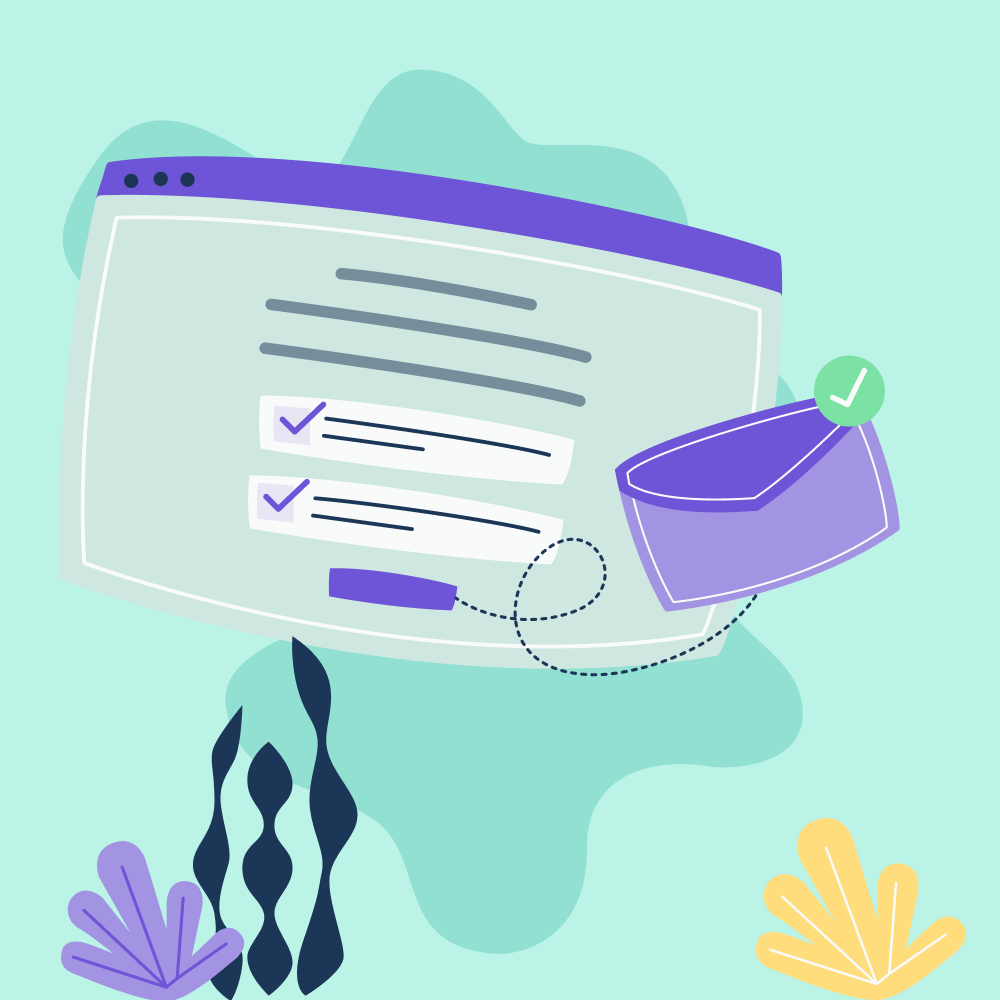
No Comments
Leave a comment Cancel